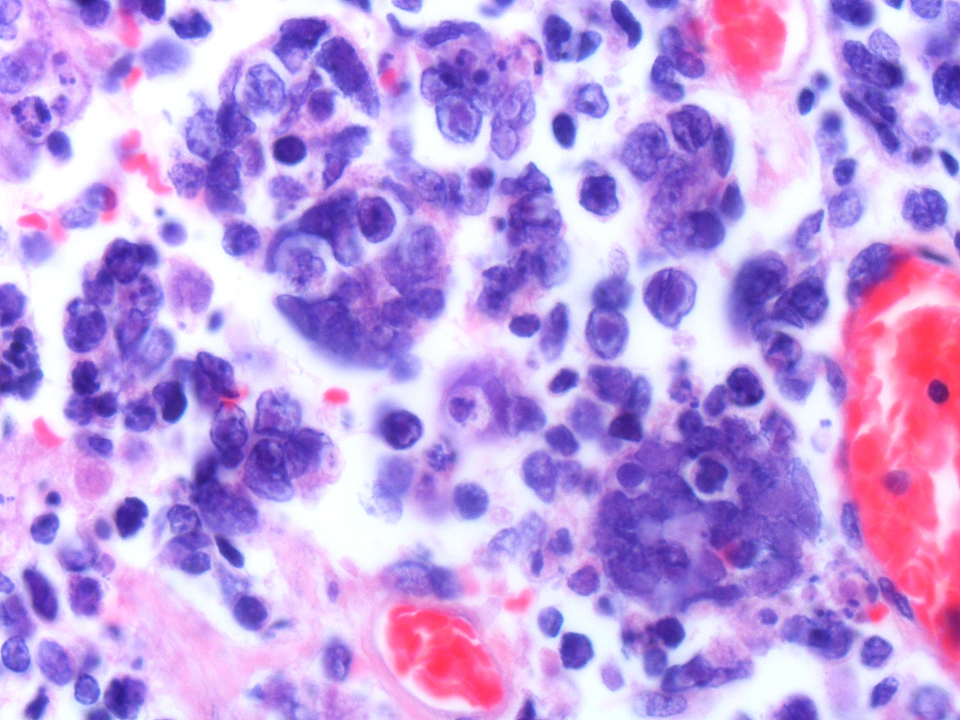Carcinoma — What It Is, Common Signs, and Practical Steps
Carcinoma is the most common group of cancers. It starts in the epithelial cells that line skin, organs, and glands. Because those cells cover so much of the body, carcinomas show up in lots of places — lungs, breast, colon, prostate, skin. Spotting it early makes treatment easier, so knowing the signs and next steps matters.
Common types and signs
Different names tell you where the carcinoma began. Basal cell and squamous cell carcinomas are skin cancers you can often see. Adenocarcinomas start in gland-like tissues and include many breast, lung, and colon cancers. Transitional cell carcinoma affects the bladder lining.
Watch for changes that don’t go away: a new lump, a sore that won’t heal, persistent cough, blood in urine or stool, unusual bleeding, unexplained weight loss, or a change in bowel habits. For skin, look for a spot that changes shape, color, or bleeds. Any persistent change deserves a checkup — don’t wait until it hurts.
Diagnosis and treatment options
If your doctor suspects carcinoma, they’ll usually order tests. A biopsy (removing a small tissue sample) confirms whether cells are cancerous and which subtype you have. Imaging like CT, MRI, or PET scans shows size and spread. Lab tests and tumor markers can add details but don’t replace a biopsy.
Treatment depends on type, stage, and your health. Common approaches are surgery to remove the tumor, radiation to target cancer cells, and chemotherapy that attacks fast-growing cells. Newer options include targeted therapy, which blocks specific cancer drivers, and immunotherapy, which helps your immune system fight cancer. Often doctors combine treatments to improve outcomes. Ask about side effects, recovery time, and how treatment affects daily life.
If surgery is planned, ask about the goal: is it curative or to control symptoms? If chemo or radiation is on the table, ask what to expect week by week. Clinical trials may offer access to newer treatments — ask if any are suitable for your case.
Prevention and screening reduce risk. Quit smoking, use sunscreen and cover up, eat a balanced diet, stay active, and get vaccinated for HPV when appropriate. Screenings like mammograms, colonoscopies, Pap tests, and low-dose CT for high-risk smokers catch many carcinomas earlier. Follow screening schedules your doctor recommends.
Going to a specialist? Bring a list of symptoms, current medicines, previous test results, and one person to help remember details. Don’t hesitate to get a second opinion — it’s common and often helpful. Cancer care teams include surgeons, medical and radiation oncologists, pathologists, and supportive care providers. Ask who will coordinate your care.
Carcinoma sounds scary, but early action changes the story. If you notice a persistent change or have risk factors, book an appointment and ask direct questions. Timely checks, clear communication with your doctor, and understanding your options are the best practical steps you can take right now.
The Connection Between Carcinoma and Viral Infections
As a blogger, I've recently been researching the connection between carcinoma and viral infections. It's quite fascinating to learn that certain viruses can actually increase the risk of developing various types of cancer. Researchers have identified some common viral infections, such as Human papillomavirus (HPV) and Hepatitis B and C, which are linked to an increased risk of carcinoma. This discovery highlights the importance of vaccinations and early detection of viral infections to prevent potential cancer development. We must continue to raise awareness about this connection and encourage people to take preventive measures for their health.
© 2025. All rights reserved.

